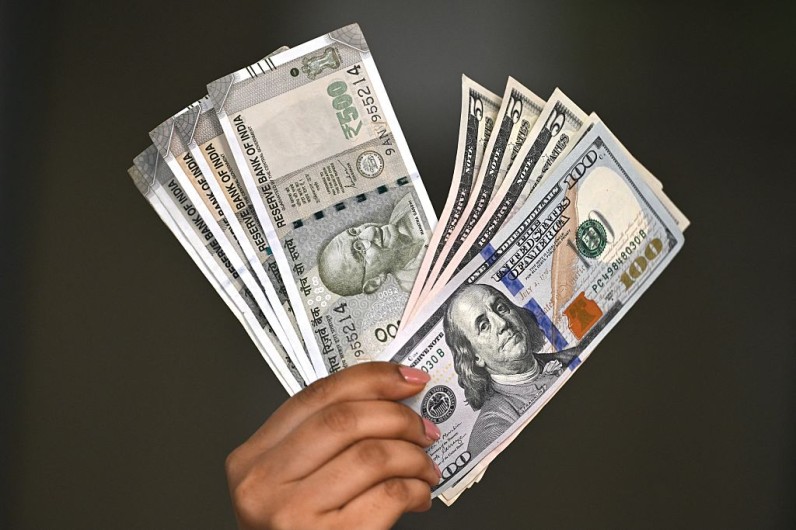
The United States has officially raised tariffs on Indian products to 50%, creating one of the largest trade rifts between the two countries in recent history.
President Donald Trump signed an executive order earlier this month doubling the original 25% tariff, citing India's continued purchase of Russian oil as the reason.
According to AP News, the Indian government estimates that the new tariffs will impact $48.2 billion worth of exports, including key sectors like textiles, leather, gems and jewelry, and automobiles.
The move is already shaking India's economy, which relies heavily on US trade as its largest export market.
"This is an absolute shock," said Puran Dawar, a footwear exporter from Agra. "Unless we find new buyers, some businesses may not survive this."
Dawar, who supplies brands like Zara, said that high tariffs will not only hurt Indian exporters but also American consumers, who could soon see rising prices on imported goods.
Labor-heavy industries are likely to suffer first. Many of India's small and medium enterprises depend on exports to the US for survival.
According to Ajay Srivastava, founder of the Global Trade Research Initiative, "The new tariff regime is a strategic shock that threatens to wipe out India's long-established presence in the US"
Wow, Trump’s hitting India with a 50% tariff hammer for daring to buy Russian oil
— Joshua Paul 𓃠 (@FelisRevolt) August 27, 2025
Guess energy security for 1.4B people doesn’t matter when you’re playing geopolitical whack-a-mole https://t.co/x82yXGEPDE pic.twitter.com/vWh9aXUM6x
Modi Defends Farmers Amid US Tariff Standoff
Some goods — such as pharmaceuticals and electronic products — were spared the increase, offering small relief. Still, the broader economic threat remains.
Trade talks between the two nations have stalled. A planned sixth round of negotiations was canceled this week after India refused to open its agriculture and dairy markets to cheaper US imports. Prime Minister Narendra Modi responded strongly, saying:
"For me, the interests of farmers, small businesses and dairy are topmost. My government will ensure they aren't impacted."
According to CNN, the US imported $87 billion worth of goods from India last year, while exporting about $42 billion.
As the US shifts away from Chinese manufacturing, India had become a key alternative. Now, that relationship is in jeopardy.
To respond, India is considering cutting domestic taxes and offering bank loan incentives to exporters. It's also looking to expand trade with Europe, Africa, and Latin America.
Despite pressure from Washington, Indian officials say they will not stop buying oil from Russia.
"Our concern is our energy security," said Kirti Vardhan Singh, India's junior foreign minister. "We will continue to purchase energy from whichever country benefits us."







Join the Conversation